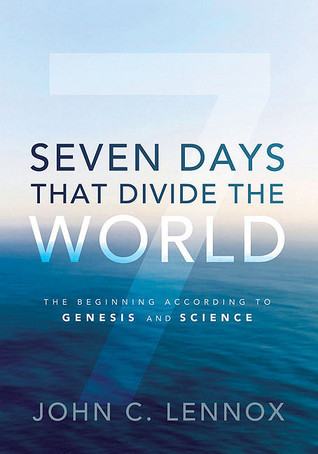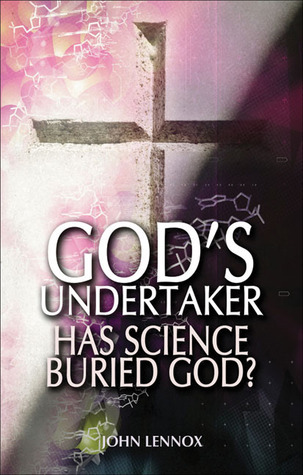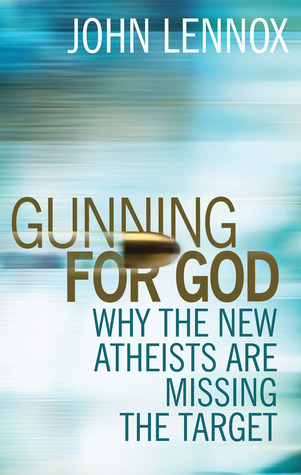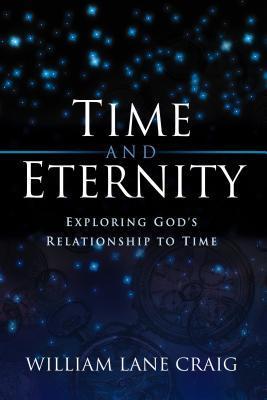
Seven Days that Divide the World: The Beginning According to Genesis & Science
Book Description
What if the stories of science and faith could collide in a breathtaking exploration of our origins? In "Seven Days that Divide the World," John C. Lennox takes readers on a thrilling journey through the intricate dance between the Genesis creation narrative and modern scientific understandings. With a masterful blend of compelling arguments and profound insights, Lennox challenges long-held perceptions, illuminating the secrets of time, purpose, and existence itself. As the boundaries of belief and evidence blur, what truths will emerge from this gripping confrontation? Can we find harmony in the pages of scripture and the laws of nature?
Quick Book Summary
In "Seven Days that Divide the World," John C. Lennox investigates the seeming conflict between the biblical creation story in Genesis and the discoveries of modern science. Lennox—an Oxford mathematician and Christian apologist—seeks to bridge the perceived gap, arguing that faith and science need not be at odds. He critiques both literalist and purely symbolic readings of the Genesis account, proposing a nuanced interpretation compatible with current scientific understanding. Lennox explores the history of biblical interpretation, the nature of language and metaphor, and the philosophical underpinnings of both disciplines. By addressing questions about the age of the earth, evolution, and the meaning of the creation days, Lennox encourages an informed dialogue where belief in God and scientific inquiry deepen one another rather than create division.
Summary of Key Ideas
Table of Contents
Interpreting Genesis in Light of Language and Context
Lennox begins by examining how the Genesis creation account has been interpreted throughout history. He argues that neither rigid literalism nor full allegory does justice to the text. Instead, he explores the original Hebrew context and the intention behind the literary structure, suggesting the days in Genesis may serve a broader, non-literal function. This approach recognizes genre nuances and ancient literary conventions while respecting the theological significance of creation.
Compatibility of Faith and Scientific Discovery
A central theme in Lennox's work is the compatibility of faith and science. He contends that scientific inquiry and biblical faith both seek truth, albeit through different methodologies and frameworks. Rather than viewing science and Christianity as adversaries, Lennox posits that they can inform and enrich one another. He demonstrates this harmony by illustrating how scientific theories about the universe’s origins need not preclude belief in a purposeful Creator.
The Meaning and Function of the Creation Days
Lennox dedicates considerable attention to the interpretation of the "seven days" of creation. He discusses different views, such as the day-age theory and the framework hypothesis, assessing their strengths and weaknesses. Lennox emphasizes that the biblical term for "day" (yom) can signify an indeterminate period, and that the text’s primary focus may be on the sequence and purpose of creation rather than a strict chronology. This allows room for accepting an ancient universe without undermining biblical authority.
Limitations of Scientific and Theological Claims
The book also explores the limitations inherent in both scientific and theological claims about origins. Lennox acknowledges that science, while powerful, cannot answer questions of ultimate meaning or the purpose behind existence, which are the domain of theology and philosophy. Conversely, biblical texts were not intended to provide detailed scientific descriptions. By understanding these boundaries, Lennox argues, both disciplines retain their integrity.
Reconciling Worldviews Without Compromising Integrity
Ultimately, Lennox calls for a humble, dialogic approach to questions of faith and science. He advises readers to resist both a "God of the gaps" mentality and scientism, advocating instead for thoughtful engagement. The book concludes with a vision of Christian faith that fully embraces intellectual inquiry—a worldview where the study of nature and scripture leads to a deeper appreciation of truth, complexity, and the mystery of existence.
Download This Summary
Get a free PDF of this summary instantly — no email required.





